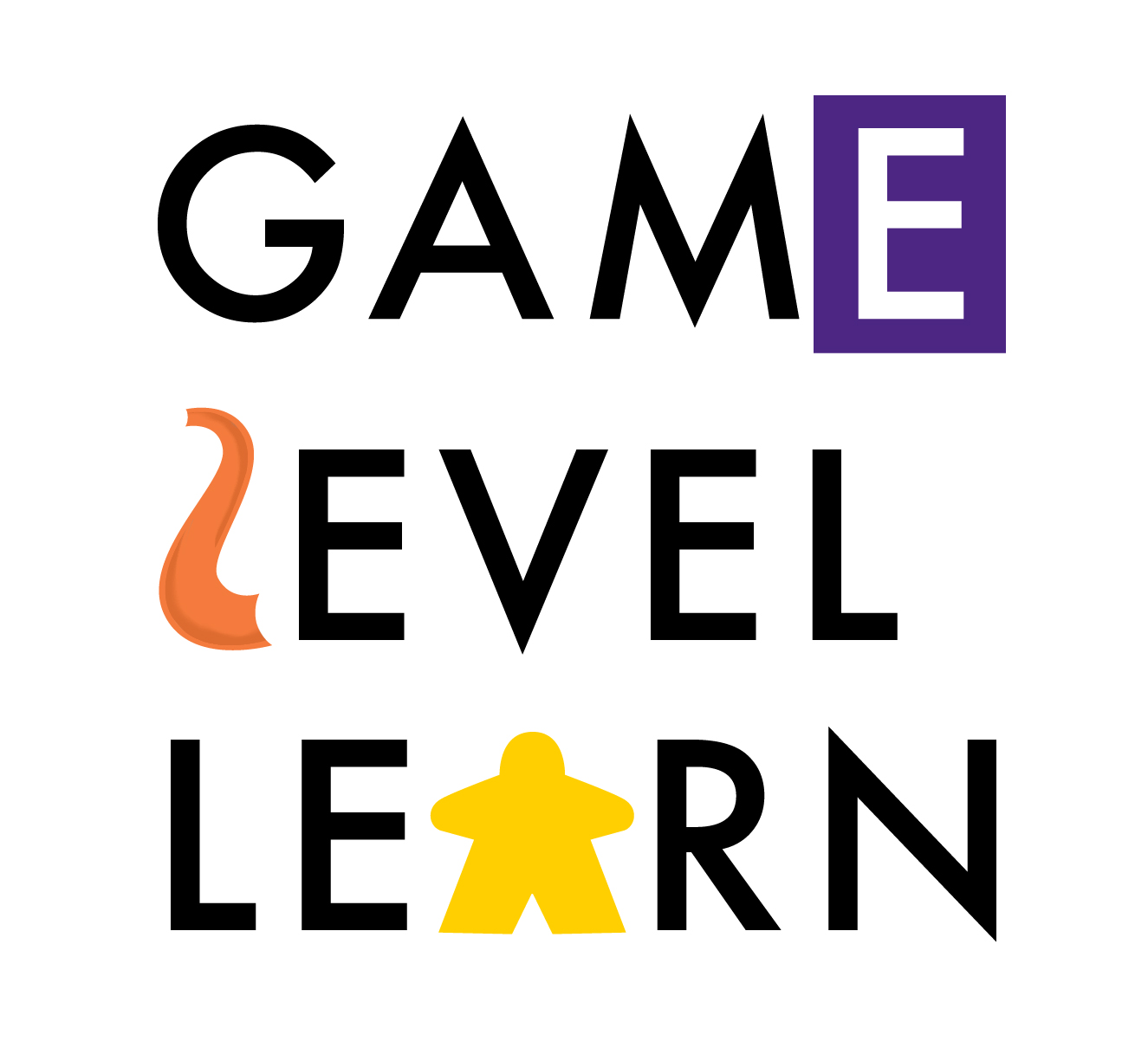Bring Some Moguls To Your Teaching Practice
/A few weeks ago, a colleague (high school Science teacher) sent me the following thought by email: "I'm watching the middle school boys play a ball game incorporating the dirt pile on the green - how much more fun would professional sports be to watch if the fields were non-planar .... and changed randomly from game to game requiring improvisation on arrival ….."
She and I talk a lot about education and most importantly educational practice. Classroom method. Lab practices. What works and what doesn’t? What do students in 2016 really need that makes them different from students in our classrooms ten years ago. That sort of thing.
Now from a gaming perspective, this email was awesome! My response was: "I can't even tell you how much I love this! A quick bit of game-design theory: every game is defined by its own "magic circle." The magic circle is composed of the rules, equipment and physical characteristics of the game...these things separate gamespace from realspace. You could take almost any physical sport and incorporate a non-planar element and you'd change the magic circle and hence the game. Think about the difference between skiing with or without moguls, for instance."
From a teaching practice perspective, it is in some respects even more intriguing. What factors/qualities make up the “magic circle” of your personal practice as a teacher? How does a student know the difference between being in your class and being in a colleague’s class? The students know this. Bet on it. Do you? Perhaps you should investigate this, if only to sharpen your own perception of what you do and why you do it.
What might you do differently with your students tomorrow that would shake up their expectations? How will you make your fields non-planar?


